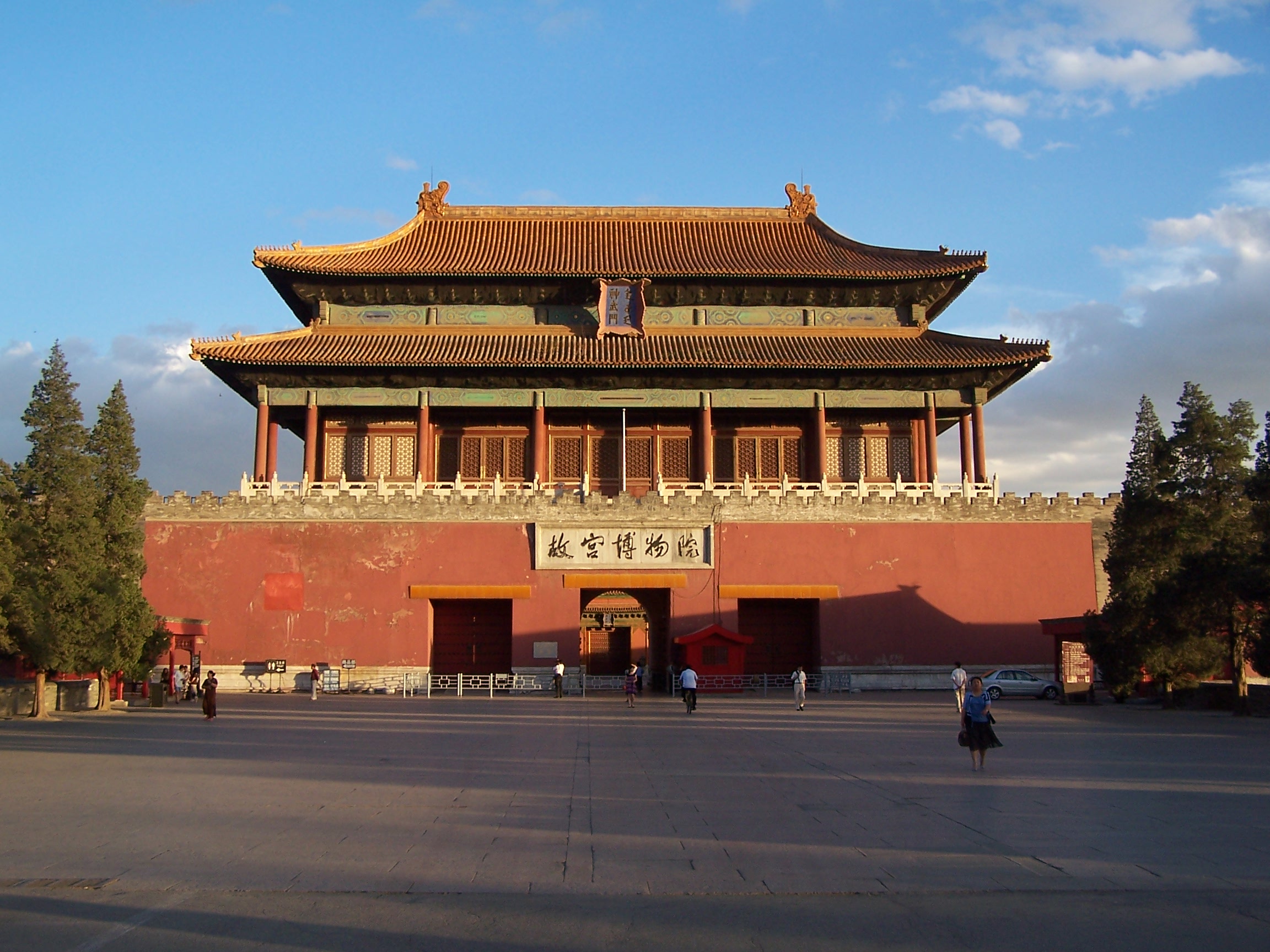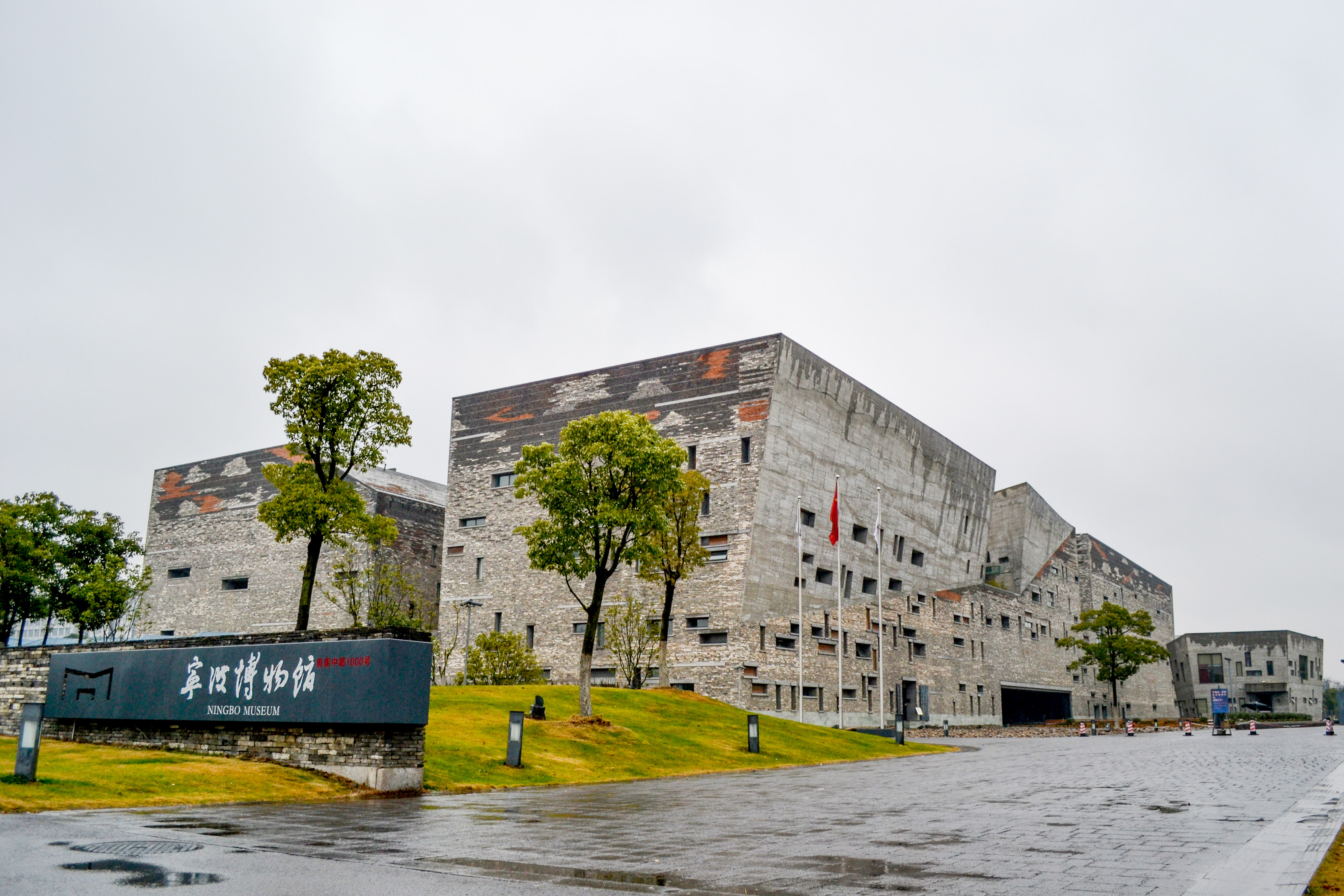National First-grade Museum Of China on:
[Wikipedia]
[Google]
[Amazon]

 The designation "national first-grade museum" () is the highest classification for museums in China, as determined by the
The designation "national first-grade museum" () is the highest classification for museums in China, as determined by the









 On 16 May 2008, the SACH issued the first batch of 83 national first-grade museums, including the
On 16 May 2008, the SACH issued the first batch of 83 national first-grade museums, including the

State Administration of Cultural Heritage
The National Administration of Cultural Heritage (NCHA; ) is an administrative agency subordinate to the Ministry of Culture and Tourism of the People's Republic of China. It is responsible for the development and management of museums as well a ...
(SACH).
A first-grade museum generally has a comprehensive collection of artifacts, or has a large number of items in its collection with "very high historical, cultural, scientific, and artistic value". A first-grade museum is also expected to be a social and educational institution, with a professional staff, long-term volunteers, and facilities for educational services. First-grade museums are not required to be owned by the state. State-owned museums are expected to open for more than 300 days a year, while non-state-owned museums are only expected to be open for 240 days. Performance measures for the museums are expected to be regularly published on government websites.
Scoring system
The SACH evaluates China's museums using a scoring system comprising three criteria: "comprehensive management and infrastructure" (200 points), "collection management and scientific research" (300 points), and "exhibition and social services" (500 points), with a total score of 1000. Museums scoring more than 800 points are classified as first grade. Among the rest, those scoring more than 600 points are classified as second grade, and those with 400 to 600 points are classified as third grade.List of first-grade museums








 On 16 May 2008, the SACH issued the first batch of 83 national first-grade museums, including the
On 16 May 2008, the SACH issued the first batch of 83 national first-grade museums, including the Palace Museum
The Palace Museum () is a huge national museum complex housed in the Forbidden City at the core of Beijing, China. With , the museum inherited the imperial royal palaces from the Ming and Qing dynasties of China and opened to the public in 192 ...
. However, in November 2013, 4 of the 83 museums failed to score more than 800 points in their reassessment, and were demoted to second-grade museums. They were the Beijing Planetarium
The Beijing Planetarium () is a planetarium in Xicheng District, Beijing, China.Memorial of the War to Resist US Aggression and Aid Korea in
Dandong
Dandong (), formerly known as Andong, is a coastal prefecture-level city in southeastern Liaoning province, in the northeastern region of People's Republic of China.
It is the largest Chinese border city, facing Sinuiju, North Korea across the ...
, the Chinese Navy Museum in Qingdao
Qingdao (, also spelled Tsingtao; , Mandarin: ) is a major city in eastern Shandong Province. The city's name in Chinese characters literally means " azure island". Located on China's Yellow Sea coast, it is a major nodal city of the One Belt ...
, and the Xiamen Overseas Chinese Museum
Xiamen ( , ; ), also known as Amoy (, from Hokkien pronunciation ), is a sub-provincial city in southeastern Fujian, People's Republic of China, beside the Taiwan Strait. It is divided into six districts: Huli, Siming, Jimei, Tong'an, ...
.
On 15 November 2012, the SACH announced the second batch of 17 national first-grade museums, including the National Museum of China.
On 19 January 2017, the Chinese Museums Association
Chinese can refer to:
* Something related to China
* Chinese people, people of Chinese nationality, citizenship, and/or ethnicity
**''Zhonghua minzu'', the supra-ethnic concept of the Chinese nation
** List of ethnic groups in China, people of ...
announced the third batch of 34 national first-grade museums including the Beijing Planetarium, which had previously been demoted.
As of 2013, there were 3,354 museums in China, including 811 private ones. There are 131 museums classified as national first-grade as of 2017.
References
{{reflist Lists of museums in China